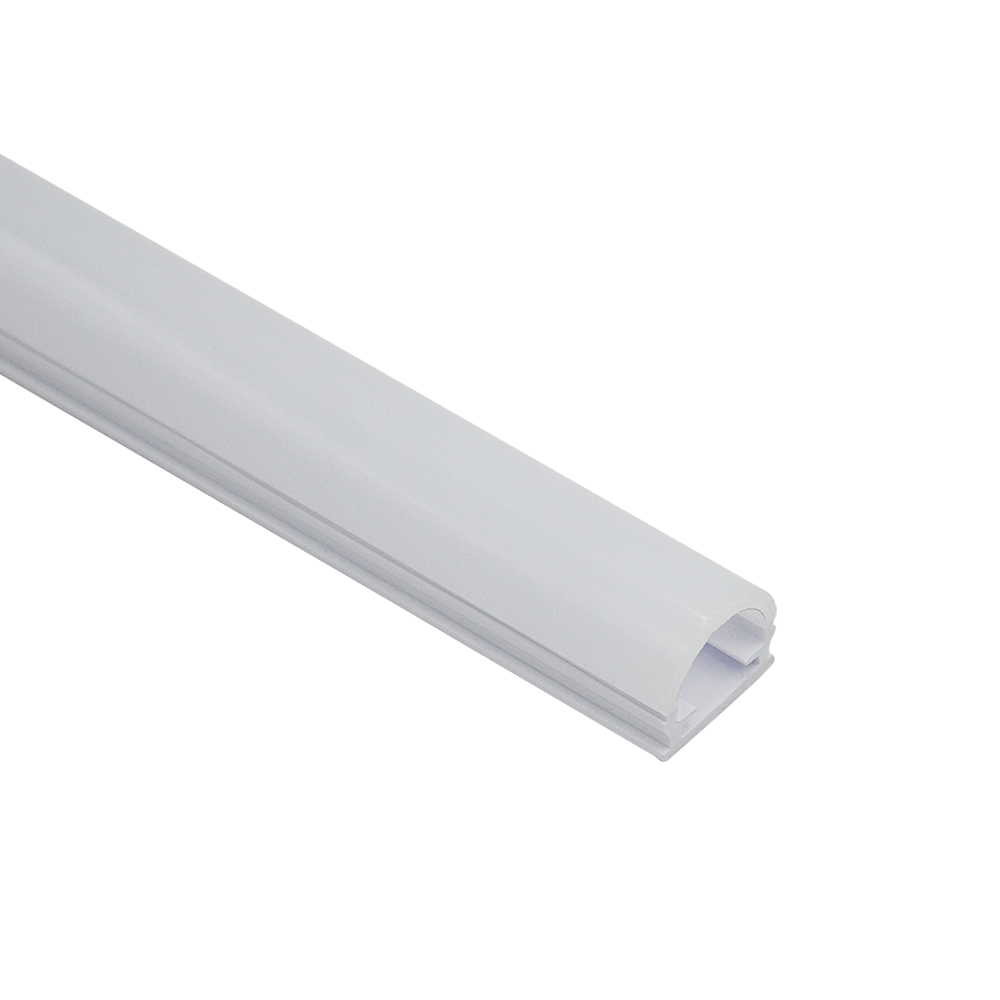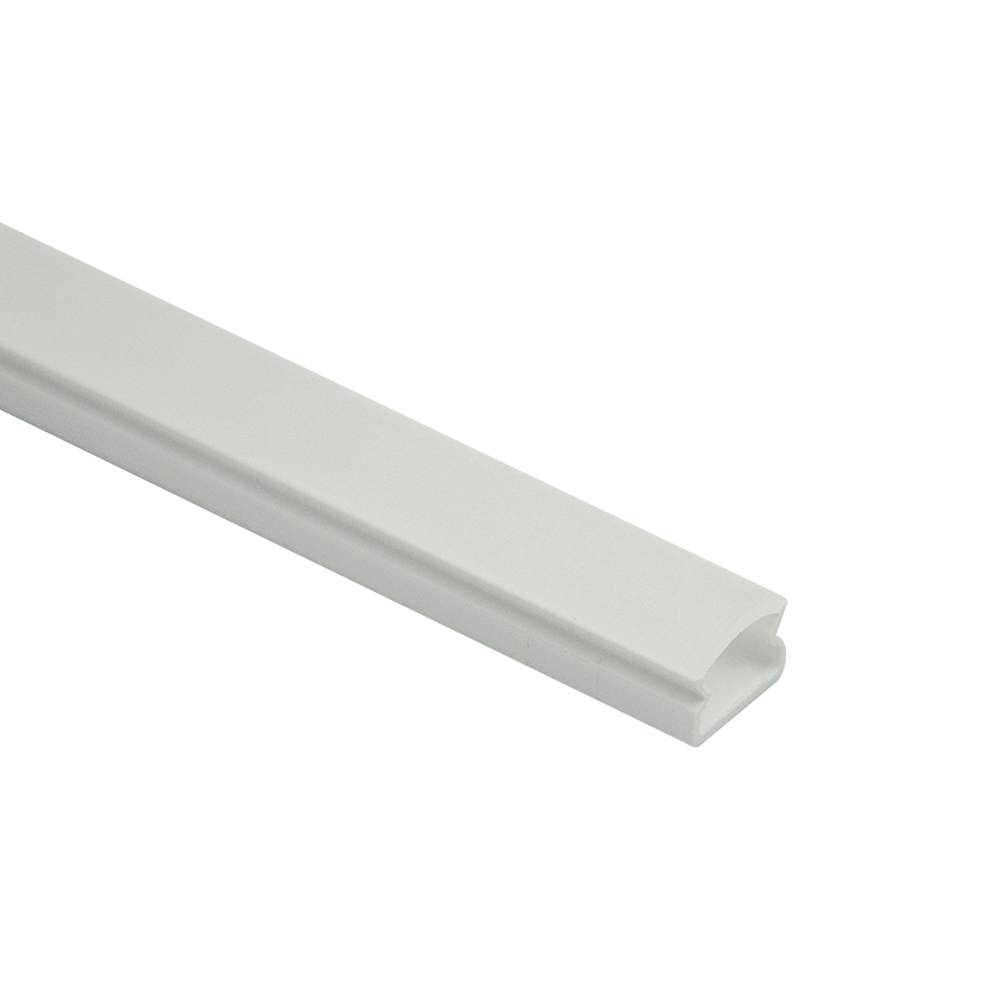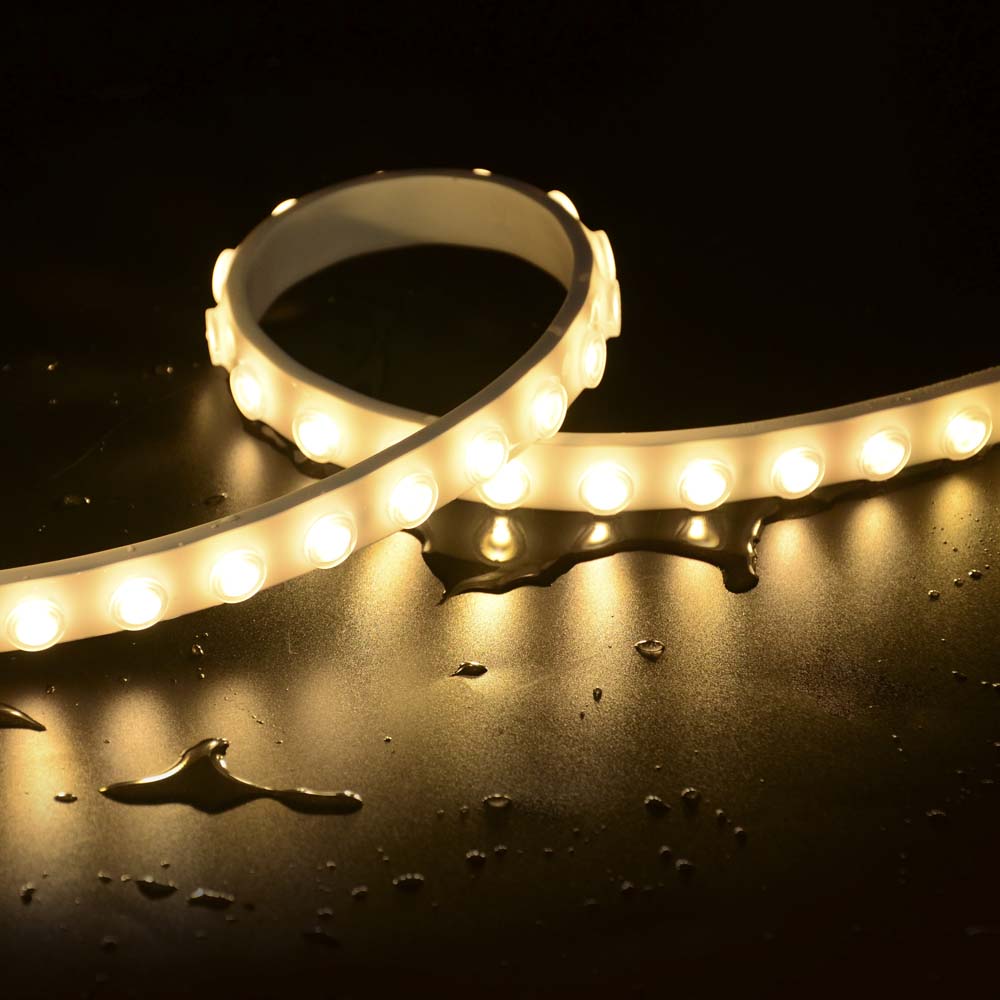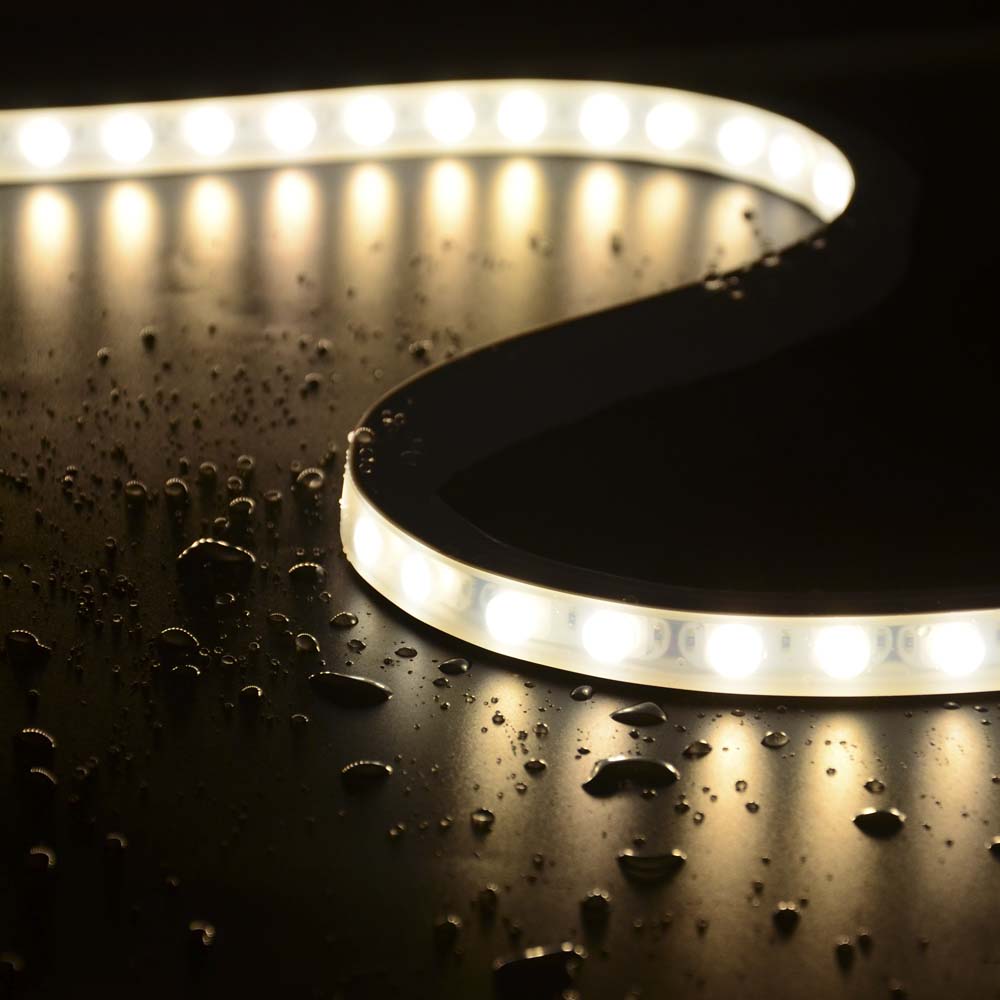Note: To ensure and accuracy, this article follows the content creation and review process of the Helian Expert Team.
LED strip lighting plays a crucial role in commercial projects. It not only enhances the overall aesthetics of the space, creating an inviting atmosphere, but also boosts brand visibility and guides foot traffic, contributing to commercial success. Compared to traditional lighting, LED strips consume less energy and have a longer lifespan, resulting in lower costs and maintenance expenses. Their brightness and color accuracy deliver higher customer satisfaction. When selecting LED strips, consider brightness, color temperature, length, and IP rating based on the space’s requirements.
Are you also struggling to choose the wrong light fixture?
The restaurant’s lighting design only considers the atmosphere and not the brightness, which makes it difficult for customers to enjoy their meals; stores use low color index lamps, which make customers see the difference between the product’s color and the actual color, which makes them less likely to buy; the office building installed recessed flat panel lights to keep things simple, but didn’t think about how the lamps and lanterns would cool down, so they often stopped working after a while of use.
I believe this article, “How to Choose the Right LED Strip Lights for Your Commercial Lighting Project” can help you .
Why LED Strip Selection Matters for Commercial Success
When it comes to commercial lighting, the choice of LED strip lights can significantly impact a project’s success. According to the U.S. Department of Energy, commercial lighting accounts for approximately 30% of total energy consumption in buildings. Our company, with a proven track record in over 500 retail stores, understands the importance of selecting the right LED strips. Making the wrong choice can lead to increased costs due to shortened lifespan or the need for costly rework, which can be detrimental to a business’s bottom line.
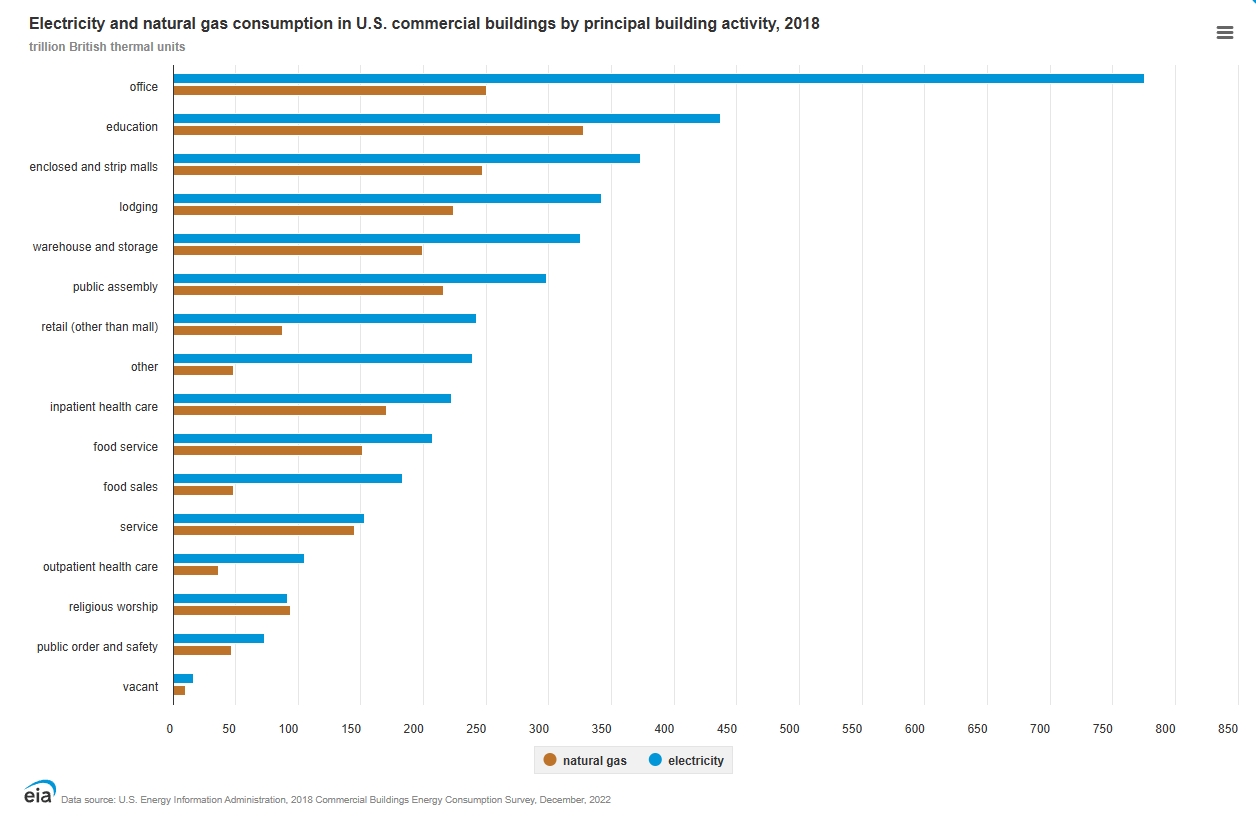
The U.S. Energy Information Administration’s (EIA) Residential Energy Consumption Survey (RECS) includes detailed data on the types of lighting equipment and on electricity consumption for lighting in U.S. homes. According to the most recent RECS, in 2020, electricity consumption for lighting accounted for about 6% (81 billion kilowatthours [kWh]) of electricity consumption in U.S. homes.
EIA’s Commercial Buildings Energy Consumption Survey (CBECS) includes data on the types of lighting used and on energy consumption for lighting by U.S. commercial buildings. According to the most recent CBECS, in 2018, electricity consumption for lighting accounted for about 17% (208 billion kWh) of electricity consumption by U.S. commercial buildings.
EIA’s Manufacturing Energy Consumption Survey (MECS) includes data on electricity consumption for facility lighting in U.S. manufacturing facilities. According to most recent MECS, in 2018, electricity consumption for facility lighting accounted for about 6% (53 billion kWh) of total electricity use at U.S. manufacturing facilities.The information comes from: Frequently Asked Questions (FAQs) – U.S. Energy Information Administration (EIA)
Follow these 4 steps so you can choose the right commercial lighting
Pro Tips: Avoid This Costly Mistakes
Mistake: Using residential – grade LED strips in commercial settings can lead to warranty invalidation. The UL certifications for commercial and residential products are different. For more details, please refer to the [link to the Lighting services from UL Solutions].
A client from Singapore, a case of failure before working with us:
“He installed LED strips with the wrong IP rating in an area where they were exposed to water. As a result, the LED strips malfunctioned, and the client had to pay $15,000 in repair costs. This could have been easily avoided by choosing LED strips with the appropriate IP rating for the environment.”
If you are also looking for waterproof lighting solutions, you can contact us, here are some of our waterproof lighting products:
Case Study: 3 Real Commercial Lighting Solutions
Project 1: Supermarket Cold Chain Lighting
Challenge: The supermarket’s cold chain area has an environment of – 25°C and experiences high – frequency vibrations due to refrigeration equipment.
Solution: The LED strips were encapsulated with silicone to protect against the cold and vibrations. Additionally, Sufficient material 6063 aluminum channels were used for installation to provide additional durability.
Project 2: Smart Office Building
Outcome: By implementing a DALI – based lighting control system, the smart office building achieved a 32% reduction in energy consumption. The DALI system allows for precise control of lighting levels based on occupancy and natural light availability, optimizing energy usage.
Future-Proofing Your Investment
Technology Roadmap: Micro – LED technology is expected to be commercialized between 2025 – 2030. Micro – LEDs offer several advantages such as higher brightness, better contrast, and longer lifespan compared to traditional LED technology. This technology has the potential to revolutionize commercial lighting in the coming years.
Sustainability Indicators: RoHS (Restriction of Hazardous Substances) certification is related to LEED (Leadership in Energy and Environmental Design) points. Products with RoHS certification contain fewer harmful substances, which is in line with the sustainability goals of LEED. For example, a commercial building using RoHS – compliant LED strip lights can earn additional LEED points, contributing to a higher overall LEED rating.
FAQ Section with Verified Answers
As you embark on your next commercial lighting project, remember to consider all these aspects comprehensively. Whether you’re a business owner, an architect, or a lighting designer, making informed decisions about LED strip lights will not only result in energy – efficient, visually appealing lighting solutions but also contribute to the overall success and sustainability of your commercial space.

